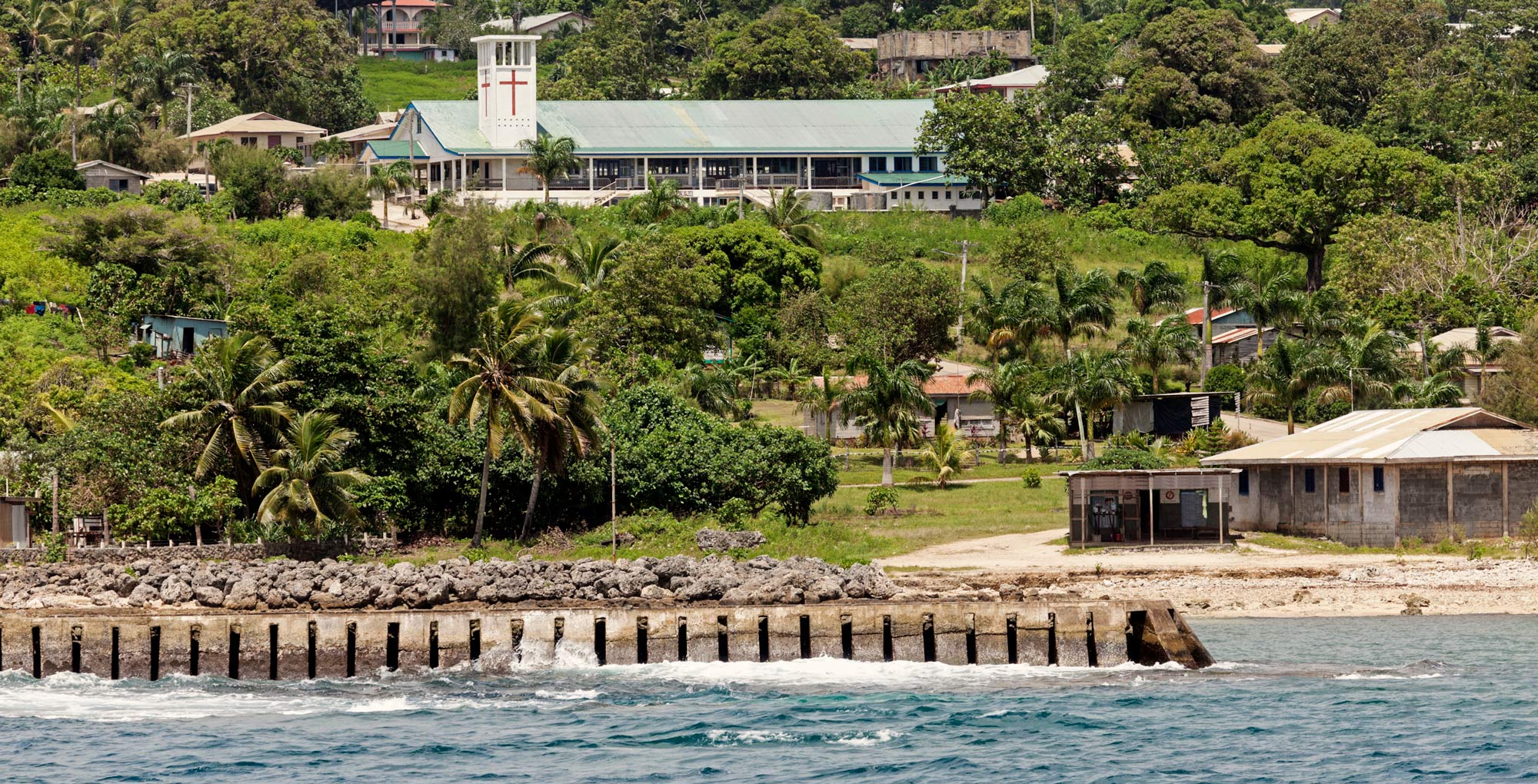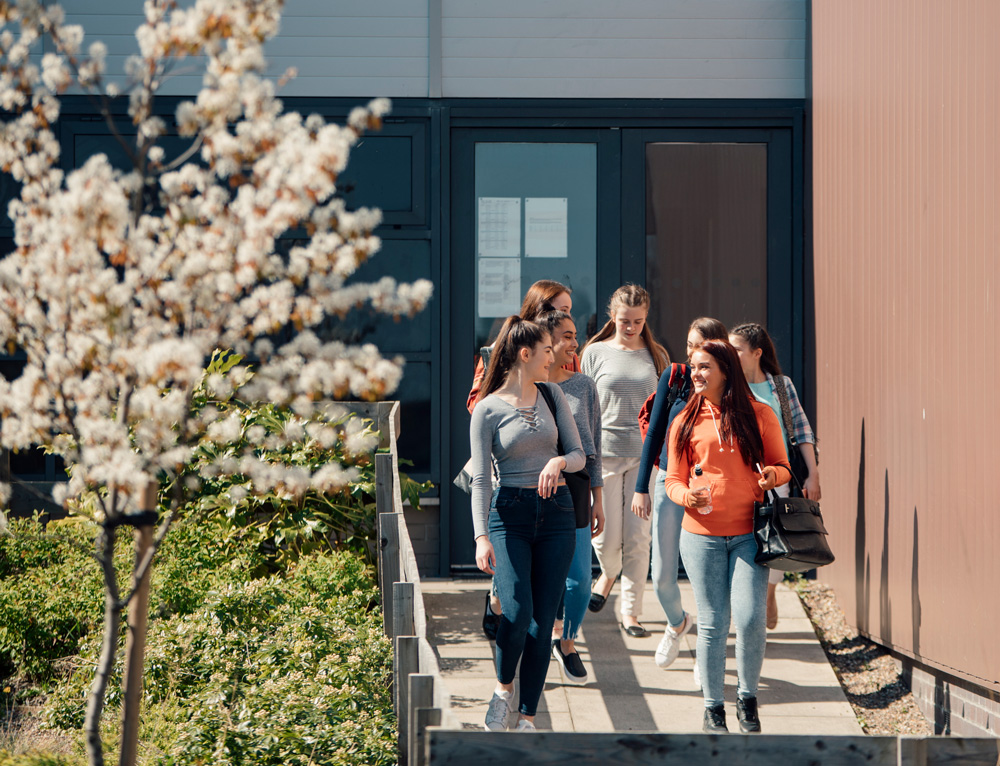
The question remains, can we really predict the future of transport? Will AVs and MaaS add to, or alleviate congestion?
Our studies provided some very interesting results, with our research and analysis clearly showing that when you enable vehicle trips as AVs or MaaS, congestion was reduced when compared to a high-demand scenario. High adoption AV rates will allow for a significant improvement in congestion, with people being able to travel faster and have less time waiting to get to their desired location. The results improved further with MaaS when we start to share our trip, revealing that many more people can get to where they want to go whilst further reducing the congestion in most instances.
Transport engineering has allowed me to pursue my passion, travel to Germany with SMEC and meet some amazing people. This trip to Europe (my first) allowed me to experience many new things. Seeing the renaissance castle in Heidelberg, Germany, was a special moment. Coming from Australia, I haven’t seen such historical buildings before. I have also seen firsthand a different working culture and most importantly, I learnt a new innovative feature for a program that will help predict the travel options for future generations. What’s not to love about that?
*For those of you not familiar with MaaS, it is basically vehicle sharing and picking up / dropping off people en route to your destination and could be the means of replacing public transport as we know it. It means people can get to their destinations quicker and more efficiently. Alternatively, you can check out Derrick Hitchins’ blog about AV here or MaaS here.
Related
insights
 An engaging and entrepreneurial spirit leads to SMEC
An engaging and entrepreneurial spirit leads to SMEC
A career path leading to SMEC is often a diverse one – that was certainly true for Libby Paholski.
 Are you wrong about autonomous vehicles?
Are you wrong about autonomous vehicles?
New technologies were abundant and the mobile phone was ‘the thing’ on everyone’s lips. We were all asking questions like; ‘what is it, why do you need it and who wants to be contacted 24/7 anyway?’
 Leading the urban renewal of brown field sites in Australia
Leading the urban renewal of brown field sites in Australia
As more people move to cities, the requirement to revitalise urban areas is increasing.
 Strategic Insights Inform Regional Transformation
Strategic Insights Inform Regional Transformation
It is an exciting time to live in Southeast Queensland (SEQ), Australia. It’s even better if you work in planning and engineering. This is because a complex, multi-faceted City Deal proposition called TransformingSEQ was recently launched, followed by in-principle agreement at the local, state and federal levels of government to progress the SEQ City Deal proposal. City Deals are a key mechanism of the Government’s Smart Cities Plan (2016) and provide a new approach for all levels of government to work together to strategise and deliver transformative outcomes for Australian cities.




